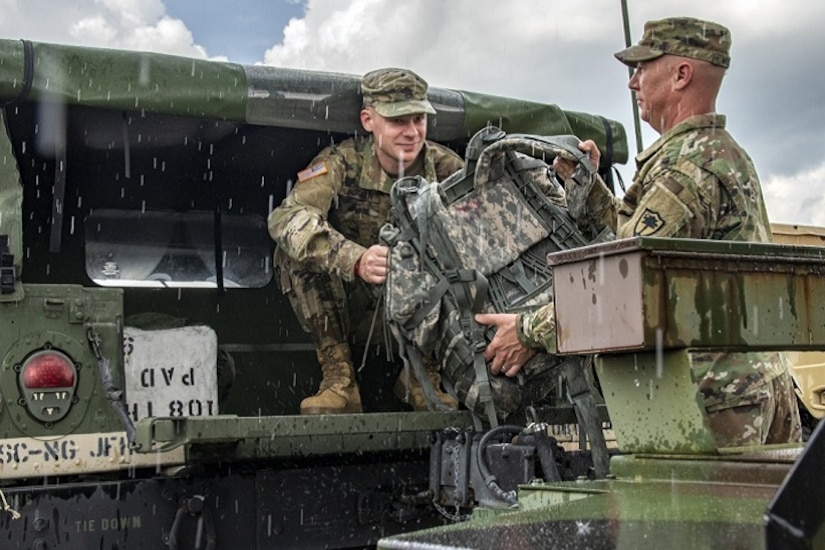FALLS CHURCH, Va. -- Hurricane Florence’s imminent arrival
is a reminder for people to prepare for their health care needs during severe
weather.
TRICARE experts recommend making a list that includes your
physician’s name and contact information, medications with dosage and
frequency, and type and model number of medical devices. Those with chronic
health conditions or issues with vision, hearing, or mobility should get
medical alert tags or bracelets, and identify how to get to safety.
Health care officials recommend that people gather
immunization records, insurance paperwork and medical documents in a waterproof
container that’s easy to carry. Put together a basic first-aid kit with enough
medication to ride out a storm. TRICARE authorizes early prescription refills
when emergency procedures are in place, as they currently are in, because of
Hurricane Florence.
As a reminder, TRICARE beneficiaries not on active duty do
not need a referral to receive care from urgent care providers. They can
receive urgent care from any TRICARE-authorized urgent care center or provider.
This allows beneficiaries to seek nonemergency care for illnesses or injuries
if their primary care provider is unavailable because of weather disruptions.
Preparing for Natural Disasters
The Military Health System also prepares for natural
disasters. Retired Air Force Brig. Gen. James “Jay” Burks is among those who
understand that firsthand. In August 2011, Burks was a colonel commanding the
87th Medical Group at Joint Base McGuire-Dix-Lakehurst, New Jersey, when
Hurricane Irene hit. In October 2012 -- only 14 months later -- Hurricane Sandy
struck.
In the days leading up to Hurricane Sandy, Burks’ team
systematically canceled patient appointments, prepared for a surge of
prescription refills, and worked with public affairs to advertise the timeline
for when services would be shut down.
“My primary concern was the safety and well-being of our
staff and our patients as we followed the installation commander’s guidance to
prepare,” Burks said.
Additionally, cots and provisions were brought in to the
medical facility so two ambulance crews could work in shifts around the clock.
Computer systems were taken offline, and big-ticket equipment such as radiology
machines were covered to protect them from possible water damage. Burks also
contacted civilian hospitals in the area to check on their capacity in case it
was needed.
Fortunately, the installation was largely spared from
Sandy’s wrath. But many communities in the multistate region were devastated,
Burks said. The joint base community of about 44,000 airmen, sailors, soldiers,
Marines, Coast Guardsmen and family members grew by about 5,400 when responders
with the Federal Emergency Management Agency arrived when the installation
became a staging area for recovery efforts.
The MHS is the DoD component of the National Disaster
Medical System, which also includes the Departments of Health and Human
Services, Homeland Security, and Veterans Affairs. The system provides health
and medical support when requested by civilian authorities when disasters and
other emergencies happen.
“We’re involved in the full spectrum of medical support,
from national to state and local levels,” said Dr. Mark Gentilman, director of
medical preparedness policy in the Office of the Assistant Secretary of Defense
for Health Affairs, Health Readiness Policy and Oversight.
That support may include moving civilian hospital patients
out of harm’s way, Gentilman said, and performing food safety operations and
inspections through the Veterinary Service.

No comments:
Post a Comment